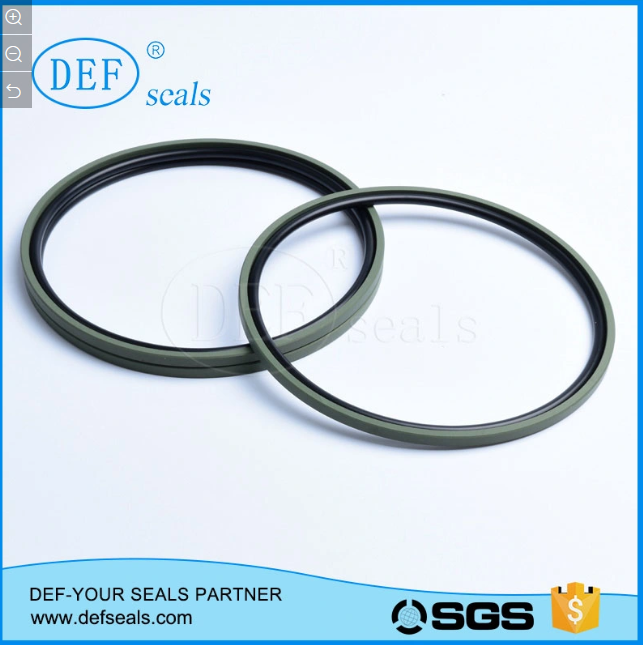Polyoxymethylene POM injection molding process
2023-04-18
Polyoxymethylene is a crystalline thermoplastic with high elastic modulus, high hardness and rigidity, good fatigue resistance, low friction coefficient, excellent creep resistance, and high thermal deformation temperature. It can work for a long time at a temperature of -40~140 ℃. Polyoxymethylene has excellent shape and dimensional stability in humid environments, and long-term use in hot water has minimal impact on its mechanical properties. In addition to acids and chemicals with strong oxidation effects, it has * * durability for other inorganic drugs and oils, and can be suitable for high value-added processing such as injection molding, metal injection molding, cutting, fusion welding, printing, etc. on metal inserts.
Forming process
① Polyoxymethylene has a narrow melting range and exhibits poor thermal stability. The temperature of the material barrel is between 180 ℃ and 210 ℃. When it exceeds 240 ℃ or is heated for a long time at the allowable temperature, it will cause decomposition and even coking and blackening. At 200 ℃, the material barrel remains for 60 minutes for decomposition; At 210 ℃, it decomposes within 30 minutes. Therefore, if the molding is interrupted, the plastic inside the material barrel should be replaced to reduce the temperature of the material barrel. If overheating occurs, the temperature of the material barrel should be immediately reduced and the overheated material should be replaced with new plastic. Do not place your hands or face near the front of the nozzle.
② Polyoxymethylene is a plastic with high crystallinity and has the characteristic of rapid solidification. Produce a significant shrinkage rate of 1.8% to 3.5% for the product. The size of the shrinkage rate varies with the thickness of the product, molding process, and mold structure.
③ The melting point of polyoxymethylene is sensitive. To improve the fluidity of polyoxymethylene during molding, increasing the injection pressure is more effective than increasing the temperature. The injection pressure is 500-1400kg/cm2.
④ When the molded product is thin or the dimensional accuracy is strict due to the large number of flow channels, the injection speed should be fast. When there are cavities or flow marks due to the thickness of the molded product, the injection speed should be slow, and the back pressure (gauge pressure) should be 5-10kg/cm2. Low back pressure can cause unstable measurement due to air entrainment, but high back pressure can cause nozzle salivation and prolong plasticizing time.
⑤ Polyformaldehyde also needs to be dried to ensure that the water absorption of the particles is approximately below 0.1%, with a drying temperature of 80-90 ℃ and a time of 3-4 hours.
Next —
News







